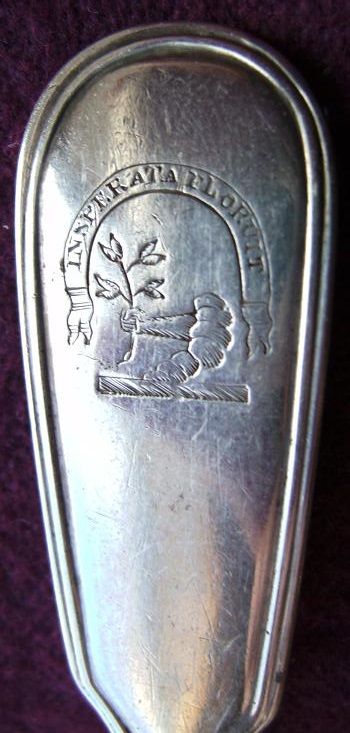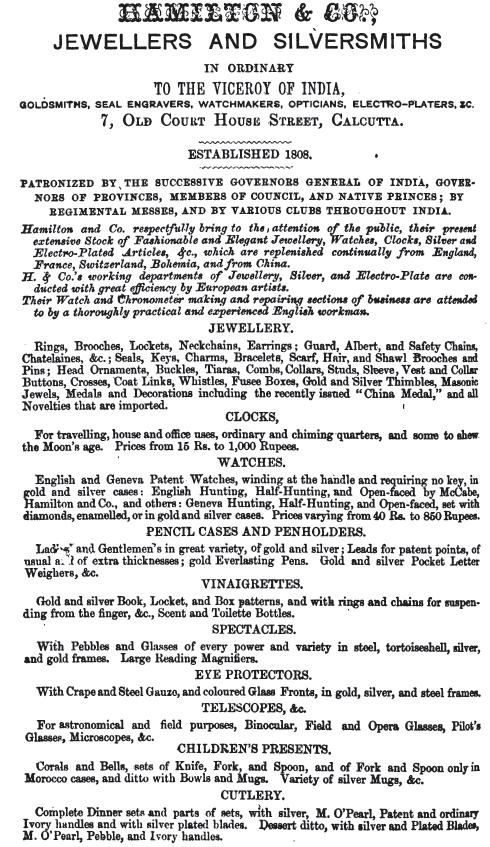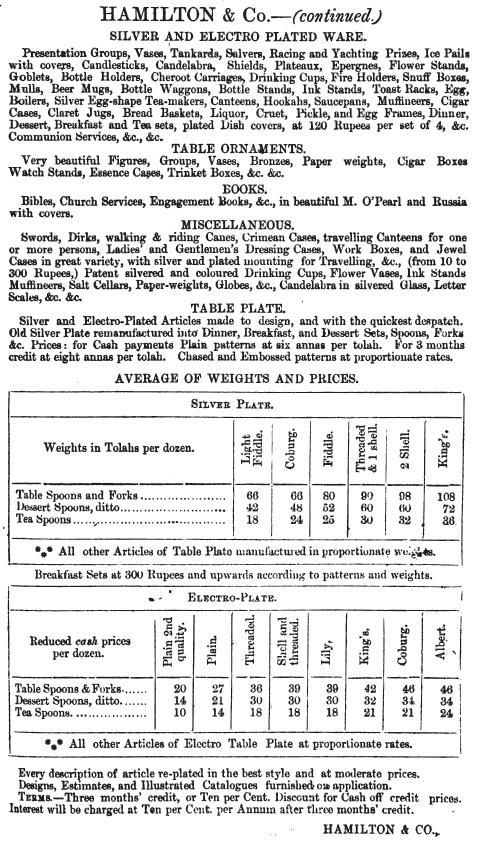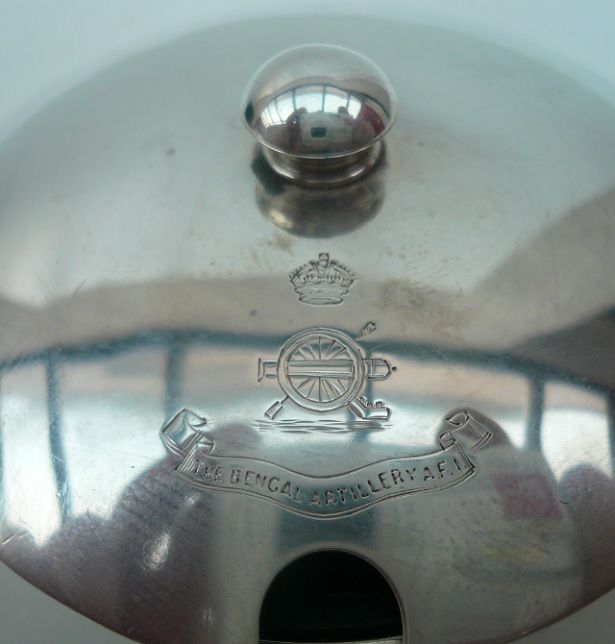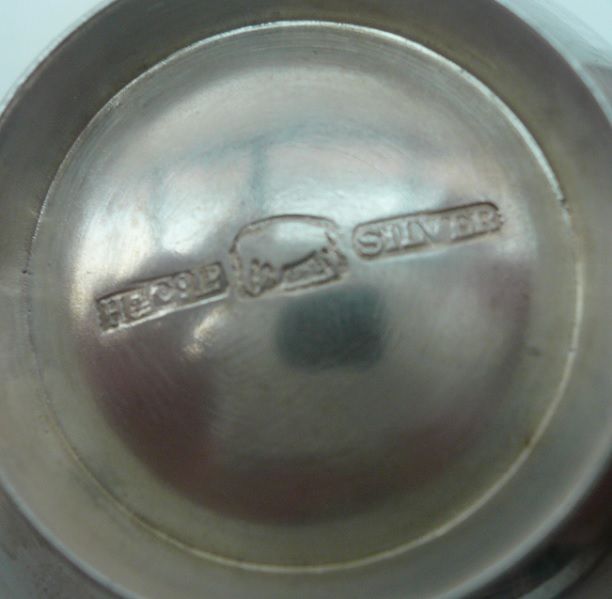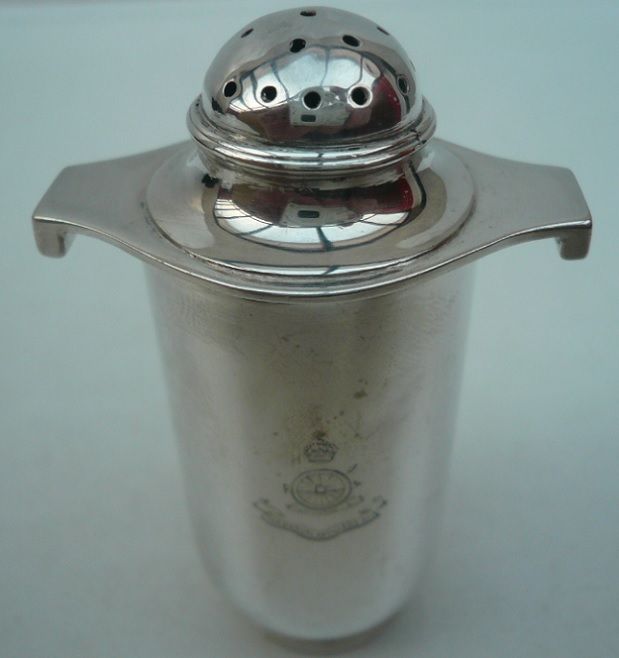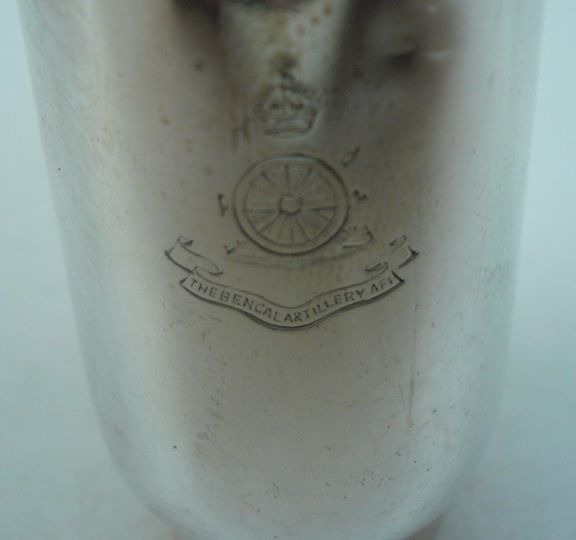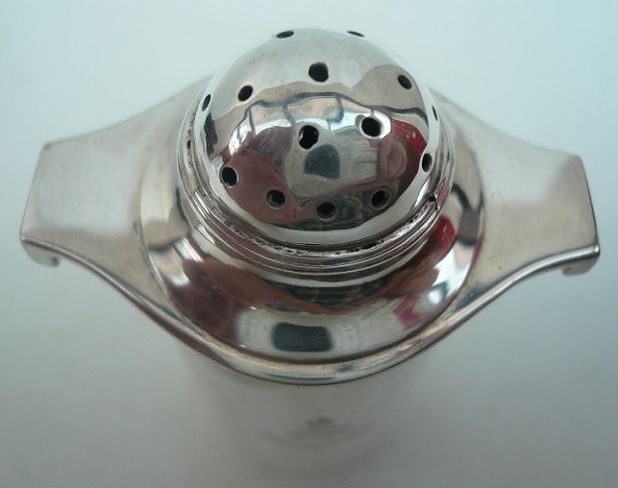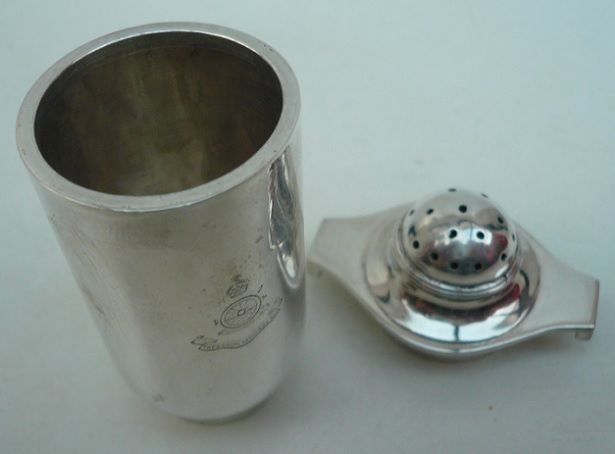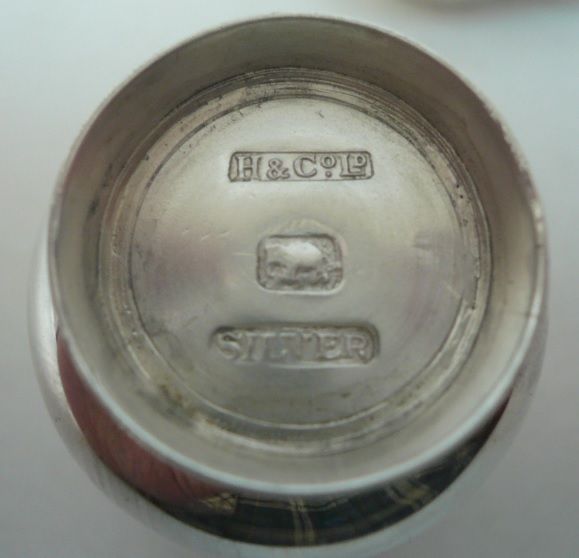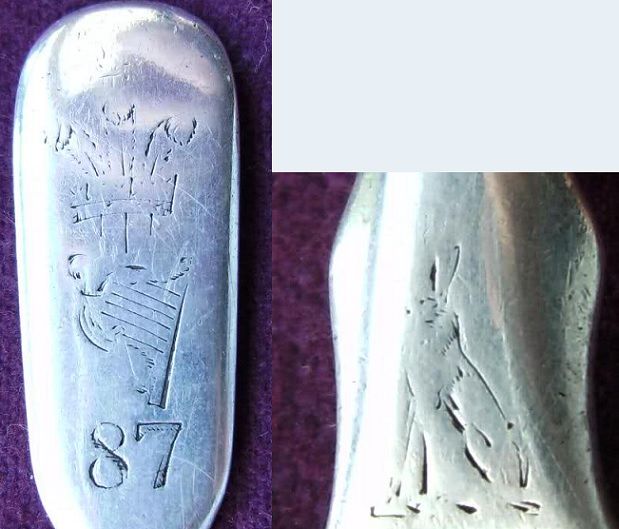67 & 69, Chancery Lane, London, 16, Old Court House Street, Calcutta, 16, Mount Street, Madras, Forbes Street, Bombay

Lawrence & Mayo -Calcutta, Madras, and Bombay - 1892

Lawrence & Mayo - London - 1916
The London based firm of Opticians and Scientific Instrument Makers, Lawrence & Mayo opened its first Indian office and showroom in Calcutta in the year 1877, they were to open offices throughout India, and at Ceylon, Burma, Spain, Portugal, Singapore, and Egypt.
By 1897 the business was in the hands of Sydney Lawrence alone. In 1938 Lawrence & Mayo was incorporated under the Indian Companies Act 1913, as a private limited company, at this point in time the business was in the hands of L.H. Alliston. I.C.Mendonsa acquired the Indian Operations in 1943, and since 1967 the firm has been wholly Indian owned. They are still in business today and maintains branches throughout India.
Lawrence & Mayo entered their marks with the London Assay Office. On the 15th October 1901, they entered a punch 'L&M' contained within two conjoined circles, on the 20th August 1906 'LM' incuse and without outline, and on the 12th April 1907, another 'L&M' contained within two conjoined circles.
An Indian Crow and his Nest.–The following singular act of systematic theft, carried on by a crow, is literally true. Messrs. Lawrence and Mayo, opticians, have a place of business in Rampart Row, Bombay, and rooms also in Forbes Street, where pebbles and the frames for spectacles are manufactured. The assistant in charge of the latter found out quite recently that a large number of gold, silver, and steel spectacle frames had very mysteriously disappeared. The men employed were at first suspected; orders were given that no one but the manager should have access to the room. The thefts, however, continued day by day; the manager could find out nothing. One Thursday, however, whilst attending to his work, he was startled by hearing the flapping of a bird's wings at the window, and saw a large crow, which, when it had picked up a frame in its beak, flew away in the direction of the building occupied by Messrs Greaves, Cotton & Co. The bird was observed to carry the frame which it had stolen on to the roof of their building; and permission having been obtained from the occupiers of the premises to go over the roof, the assistant found that the thieving bird had constructed thereon for itself a cosy and comfortable nest, composed of the missing frames. The design of this gold and silver structure was so ingenious, and presented such a beautiful appearance, being so deftly and carefully woven together, that it was decided to keep it intact for a time, and before the materials were unwoven and separated, Messrs. Lawrence and Mayo had a photograph of the nest taken. There were altogether eighty-four frames, of the aggregate value of about 500 rupees (£50), which had been stolen by the bird, and were it not for the fact that it was discovered in time, the poor workmen of the establishment would, no doubt, have got into trouble.
Source: The Selborne Magazine and "Nature Notes" - Volume 7 - 1896
Trev.








